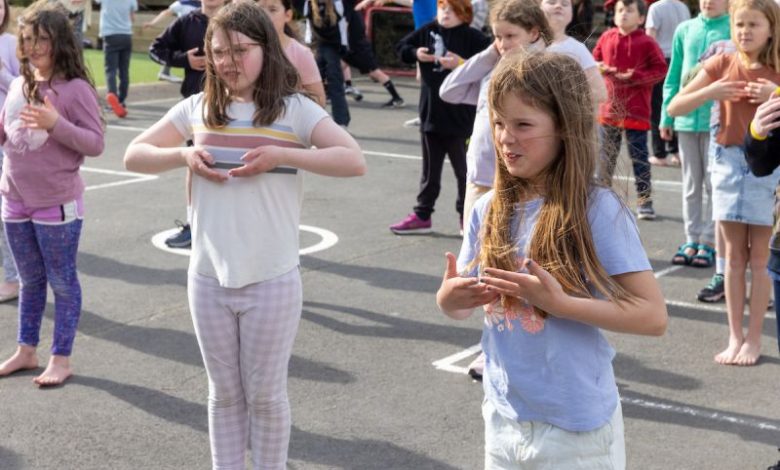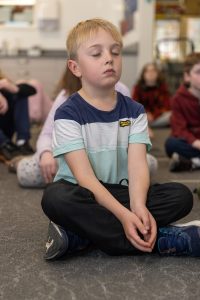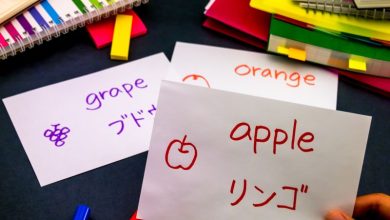Fostering whole-school wellbeing
There is a growing understanding that wellbeing is enmeshed in the social and cultural fabric of any institution, including schools.

Over the years, understandings of health and wellbeing have expanded. We now understand that positive wellbeing is not just the absence of mental illness, but a state of resilience characterised by emotional, spiritual, physical and environmental harmony.
Read the latest print edition of School News HERE
There is a growing movement in Aotearoa New Zealand that understands wellbeing to be enmeshed in social and cultural environments. In other words, wellbeing is not just an individual characteristic but a collective state. The policy and culture of an organisation is interlinked with individual wellbeing and vice versa, and wellbeing can be measured on a community level, not just an individual one. This is because wellbeing has an important relational dimension. A sense of belonging and connection is one of the most important factors for student and teacher wellbeing.
Wellbeing is also now understood to be the foundation of learning. Wellbeing was identified as a priority in Kōrero Mātauranga | Education Conversation, and the pandemic highlighted the effects of poor wellbeing on educational attainment.
Supporting student wellbeing is therefore a priority.
Student wellbeing
Research conducted in New Zealand shows that student wellbeing can be indicated by their satisfaction with school, their learning engagement and their social-emotional behaviours. Schools can improve student wellbeing by adopting evidence-informed approaches in partnership with whānau and community. Optimal student wellbeing is sustainable for the school community and is characterised by a positive attitude and emotional relationship to school, resilience, self-optimism, satisfaction and positive relationships.
A good place to start is by measuring current levels of wellbeing at your school or kura. This can be done using the Wellbeing @ Schools tool. A survey of current wellbeing can identify areas where wellbeing can be strengthened, and show where students’ emotional, physical, mental or spiritual needs are not being met at school.
Schools have a range of levers available to improve student wellbeing, including pastoral care, strategic priorities, curriculum areas and teaching practices. There is no one-size-fits-all approach – schools should consider the context of their students and the wider community and think carefully about appropriate responses.
In the ERO report on wellbeing in schools, released in 2016, there are some best practice recommendations for schools. These include conceptual understandings of the board of trustees’ role in the school as stewards. Wellbeing was found to be positively impacted when BoTs sought student perspectives on wellbeing; ensured the vision and values of the school aligned with the community strengths and potential; was persistent in connecting with communities; and had a focus on improving wellbeing, especially for vulnerable students.
Similarly, school leaders should have a community focus when setting goals and expectations, and centre school values when engaging with stakeholders. Community collaboration and valuing diversity were other factors that lifted wellbeing.
Reciprocity and agency are often the foundation for positive relationships and building a culture of positive wellbeing in schools. Research in the New Zealand context found that mutual understanding and respect were crucial to developing learner engagement with school.

Looking after teachers
Another important dimension of whole-school wellbeing is kaiako wellbeing. Where teacher wellbeing is not optimal, effective teaching and learning practices are difficult to sustain and attrition can occur. Additionally, positive teacher-student relationship formation may be more difficult, and quality of teaching can decrease when teacher wellbeing is compromised.
Improving teacher wellbeing can follow similar structures to student wellbeing initiatives. A focus on collaboration and understanding the experiences of teachers in a given school can then enable school leadership to improve wellbeing through specific and targeted intervention. Teacher wellbeing is also tied to professional development, support and trust. A sense of belonging and a strong sense of shared values are also important factors.
Happily, the recent focus on wellbeing in schools has translated to a wealth of resources, professional development programmes and even game-play, apps and programmes to meet school wellbeing needs. Whether teaching individual strategies or implementing whole-school initiatives, there is help available when developing programmes or interventions to strengthen the wellbeing of your school community.
What the experts say
John Kennedy from the IT Education Co NZ said student wellbeing has a significant impact on learning and teaching dynamics in schools. “When students feel emotionally supported and stable, they engage more actively in learning, which improves academic results. Conversely, compromised wellbeing can impede cognitive processes and hinder academic progress.
“Frequent absences, reduced participation in class activities, behavioural changes, and reduced academic performance, can be indicators of underlying issues that are affecting a student’s ability to engage with school and learning.”
Mr Kennedy highlighted that schools commonly support student wellbeing through services such as counselling, wellness programmes, and policies that promote a positive environment. “Formal, digitised student wellbeing surveys can help teachers determine whether concerns are individual or broader school-wide issues by impartially highlighting sometimes hidden need, and whether supports implemented are having the desired effect.
“A pupils’ attitudes to self and school survey helps identify reasons for student reluctance, disengagement, or disruptive behaviour by exploring their social and emotional wellbeing. Personalised interventions tailored to each student’s individual needs foster resilience and address specific challenges, ensuring they receive the necessary emotional and mental health support to thrive academically and personally,” Mr Kennedy said.
“Prioritising student wellbeing not only enhances academic outcomes but also creates a nurturing educational environment where students feel valued, understood, and motivated to succeed.”
Grant Rix from Pause Breathe Smile explained what emotional regulation is. “Emotional regulation is the ability to respond to experiences in various ways with an emotional range that is socially adept and flexible, noticing one’s emotional and cognitive responses and navigating and modifying those reactions in healthy and beneficial ways.
“We begin learning how to regulate our emotions when very young, and we develop better skills and strategies to more effectively manage our feelings, thoughts, and actions in response to various inputs.
“When a child has appropriate ways of handling various feelings, they are empowered to down-regulate from fight or flight, a survival state in which it is nearly impossible to learn, create, collaborate, and plan.”
Mr Rix highlighted that current research into emotional regulation is developing rapidly and should inform educators’ pedagogy. “Teachers should regularly undertake evidence-based professional development to be supported to improve mental health outcomes for their tamariki.”
Strategies that can support children’s wellbeing include having adults who provide consistency, empathy, and honesty. “Children should also be explicitly taught the language of emotions (feeling the sensations of the body; name it to tame it; learning to express emotions in healthy ways); practise simple activities like mindful breathing and mindful movement; counteract negativity bias by practising gratitude; and feel safe in a classroom environment of respect and connection.”









